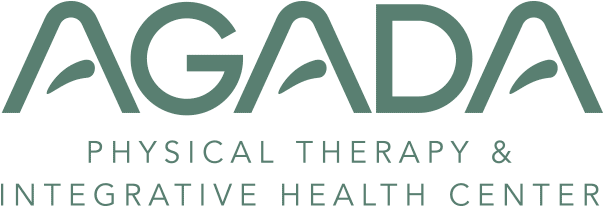When it comes to musculoskeletal (think back, neck, shoulder, hip, knee etc.) pain there are just about as many treatment options as there are colors in the rainbow. That can be a good thing as it allows people to seek out potentially helpful options. However, in a country where hundreds of billions of dollars are spent each year on managing these conditions it is important to have some current facts to support how we manage musculoskeletal pain. That is why we look to the research.
In 2017 a research article was published that summarized 146 other research studies on the best treatments for musculoskeletal pain. The article gave us insight into what areas we can focus on to help people feel better when they are hurt. This was a valuable paper because it got to the heart of a complex problem and was supported by solid evidence, not the most recent fad treatment option that are shared by friends on Facebook or that you find on Buzzfeed.
Exercise, The Key To Pain Treatment
The pyramid below is a basic representation of what actually works based on current research.
The research article found that for musculoskeletal pain, exercise was the best treatment option available. The amazing thing about exercise as a treatment is that when someone is compliant with the exercise it has lasting effects. The trouble with more passive modalities such as acupuncture, TENS, ultrasound or manual therapy (hands on) techniques, is that when we follow individuals long-term the benefits decrease unless they are combined with exercise based interventions. It is amazing! A relatively low-cost treatment has a powerful effect to change pain for the long-term.
The Importance of Psychological Interventions
I do think that it is important to mention how important psychological treatments such as cognitive behavioral therapy and instruction on coping behaviors can be. It is important to always remember that none of us are just a bag of muscles and bones. We all have thoughts, emotions, feeling and perceptions, and all of those things can influence the pain that we feel. Because of that, it is important to dedicate time to making sure that our thoughts, emotions, feelings and perceptions are not interfering with our health and healing.
Pharmaceuticals and Surgery
Lastly, there are many cases where musculoskeletal conditions should be managed with surgery or pharmaceuticals such as NSAIDs or cortisone injections. However, those should be looked at as first line treatment options only in more rare circumstances. While also being costly, treatment of pain using pharmaceuticals and surgery comes at a greater risk of side-effects or complications. In most cases I highly recommend that an individual try more conservative options before moving towards injections or surgery to decrease the possibility of adverse effects as a result of these treatments. As a former patient of mine once said, “No one ever dies of back pain, but some people have died from the treatment of back pain.”
So, next time your back pain flares up, or you try to throw someone out in your rec league softball and hurt your shoulder, consider trying conservative care before seeking out more involved treatment options. A physical therapist can be a great starting point that can help you determine whether or not you would benefit from conservative management with exercise or if you need to move further up the pyramid.
Babatunde, O. O., Jordan, J. L., Van der Windt, D. A., Hill, J. C., Foster, N. E., & Protheroe, J. (2017). Effective treatment options for musculoskeletal pain in primary care: A systematic overview of current evidence. PloS one, 12(6), e0178621.


